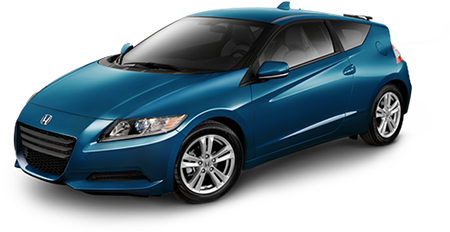Dissimilar Equivalence
Saturday, 28 August 2021One of the points taught in a great many introductory courses on microeconomics is that a tax-cut can be expected to have the same effect on schedules of supply and of demand, and thence on the resulting equilibrium, as would a subsidy. In this sense, economics shows that a tax-cut is equivalent to a subsidy. And, ignoring differences in administrative costs, the resources possessed by the state given a tax-cut are equivalent to those after dispensation of a subsidy. But it is only in these effects that microeconomics shows an equivalence; and, even if we confine ourselves to the considerations of non-normative microeconomic theory, we would be speaking or writing rather loosely if we simply said that a tax-cut were the same
as subsidy.
In the sphere of normative discourse, whether a party's refraining from taking is equivalent to giving is determined by whether that person or group of people is entitled to take. A person who forgives a debt may be said to give;[1] but the person who does not steal that which is yours does not in this way donate to you. The invaders or other thugs who declared themselves to be lords did not give what they merely did not confiscate from the farmers whom they conquered.
To treat a tax-cut as morally equivalent to a subsidy, or to do as so many progressives
and left-wing populists — to insist that a failure to increase some tax on some party to a prior or even new level simply is a subsidy — is to insist that the state is morally entitled to tax at the greater level, that the state owns those resources.
This moral claim is certainly not a principle of economics nor a consequence of bringing economic principles to bear on moral theory, and should not be allowed to pass as such nor by insinuation.
[1] A creditor who forgives a debt has given her rights as surely as if she had assigned them to a third party.



